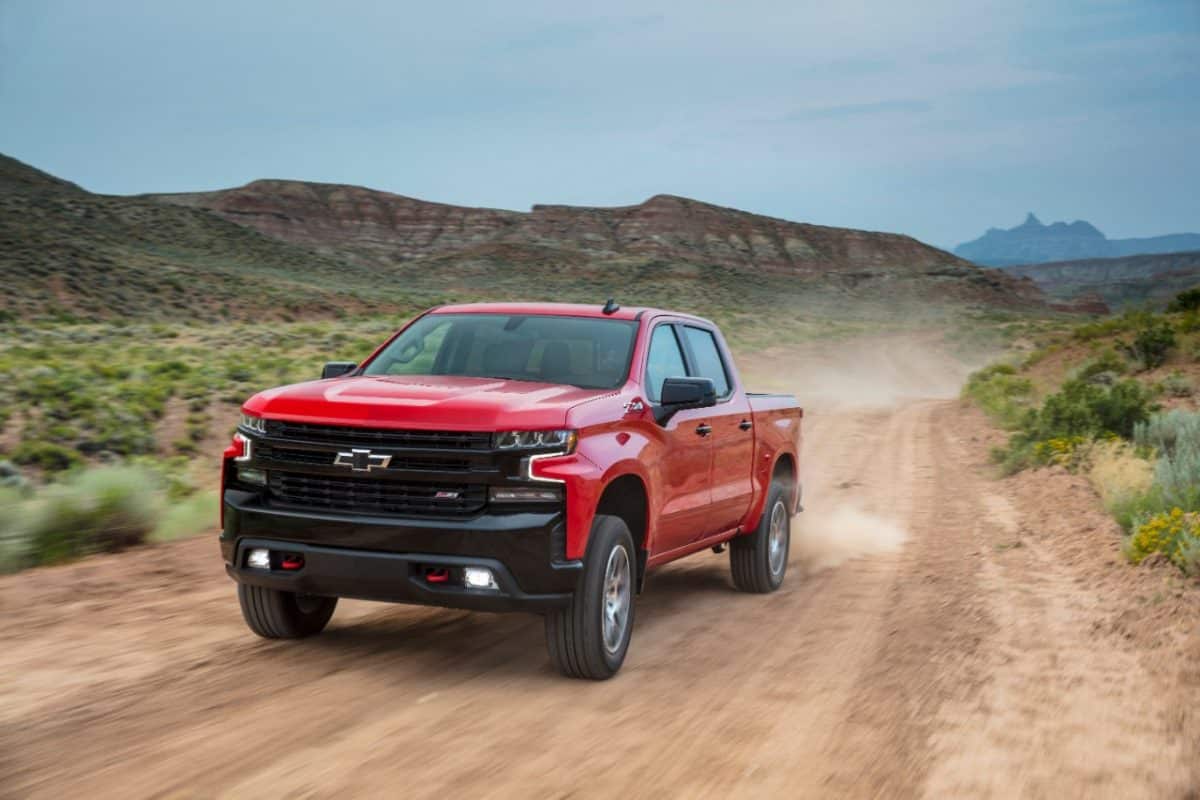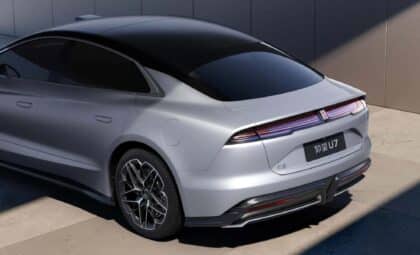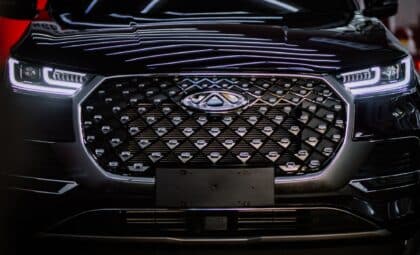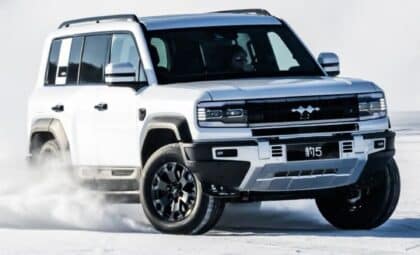
Photo: Chevrolet
It used to be standard for cars to have long metal whip antennae, but like many other automotive design tropes, they’ve fallen by the wayside. Nowadays, most vehicles sport low-profile shark-fin antennae — except for trucks like the GMC Sierra and Chevrolet Silverado, which don both types of receivers. Here’s why GM is holding on to this mostly forgotten feature.
Looking for a Truck That Can Tackle Any Job? Shop for a Chevrolet Silverado 1500

Although the Sierra and Silverado are built on the same platform as other GM models, including the Cadillac Escalade, GMC Yukon, and Chevy Suburban, these trucks still sport whip antennae. GM Authority reached out to Tim Herrick, GM Vice President of global product programs, to find out why.
He explained that the whip antenna is the best way for drivers to receive a strong AM and FM radio signal, especially for drivers in rural areas. “There are rural customers who buy a lot of trucks,” Herrick stated.
Herrick further noted that the whip antenna shouldn’t be considered a permanent fixture. “Will it always be there? Probably one day it won’t. But that was something where we listened to the voice of the customer and they want the ability to get a signal.”
But for now, it seems that the whip antenna is here to stay. Rural customers appreciate this feature since they often drive long distances and enjoy filling that time with radio shows and music. On top of that, they may not want to pay for the extra costs associated with satellite radio subscriptions. Whip antennae are also relatively easy to replace. While other types of antennae may be molded to plastic bodywork, attached to a glass surface, or wired internally, the whip antenna is, essentially, a long wire that can be replaced without much fuss.
Designed with Rurarl Drivers in Mind: Check out the GMC Sierra 1500
So what’s up with the asymmetrical shark fin antenna that the Sierra and Silverado also don, placed right above the driver seat? Well, according to GM Authority, that’s because it’s easier (and cheaper) for assembly workers to place the antenna there. If GM wanted to put the antenna smack-dab in the center, they’d have to invest in additional equipment to help workers reach that spot safely and easily.
Kimiko Kidd is a native Daytonian. She graduated from Wright State University with degrees in environmental science and sociology. She loves her trusty old Honda Civic, but dreams of owning a 1974 Ford Falcon XB with a custom paint job and a vintage Kawasaki Z1000. In her free time, Kimiko can be found watercolor-painting, baking muffins, collecting rocks, playing old-school Nintendo games, writing her novel, sewing stuffed animals, and cosplaying as her favorite Mad Max characters. See more articles by Kimiko.









